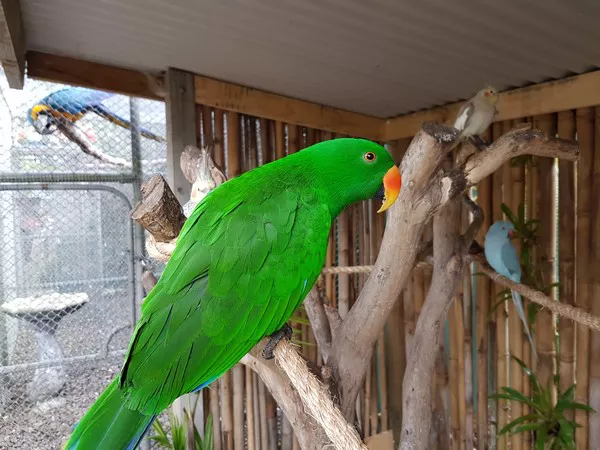Angelfish, known for their graceful beauty and vibrant colors, have captivated aquarium enthusiasts for generations. One question that often arises is, “How big can angelfish get?” In this comprehensive article, we will delve into the world of angelfish, exploring their growth potential, the factors that influence their size, and how to provide them with the optimal conditions for healthy development. Join us on this journey to uncover the majestic size of angelfish.
Understanding Angelfish:
Angelfish (Pterophyllum sp.) belong to the cichlid family and are native to the freshwater rivers of South America, particularly the Amazon basin. They are renowned for their distinct triangular shape, elongated dorsal and anal fins, and vibrant color patterns, which vary among different species and genetic variations. Angelfish exhibit complex behaviors and form strong pair bonds, adding to their allure as prized aquarium inhabitants.
Size Variations and Growth Potential:
When it comes to angelfish, there is a considerable size range, influenced by various factors, including genetics, diet, water conditions, and tank size. On average, angelfish reach a size of around 6 to 8 inches (15 to 20 cm) in height, measuring from the tip of their dorsal fin to the bottom of their anal fin. However, there have been reports of exceptional individuals growing up to 10 inches (25 cm) in height.
Factors Influencing Size:
Genetics:
Genetic factors play a significant role in determining the potential size of angelfish. Different strains and species may exhibit variations in growth rates and maximum size. Some breeders selectively breed angelfish to develop larger, more robust strains, which can contribute to larger individual sizes.
Diet:
Nutrition is crucial for the growth and development of angelfish. Providing a balanced diet that includes high-quality fish pellets, flakes, and occasional live or frozen foods such as brine shrimp or bloodworms can contribute to healthy growth. Adequate protein intake is particularly important during the early stages of development.
Water Conditions:
The quality and stability of the aquarium environment can impact the growth of angelfish. Optimal water parameters, including temperature (76-82°F or 24-28°C), pH level (around 6.5-7.5), and proper filtration, help maintain good health and promote growth. Regular water changes and maintenance are essential to ensure a clean and stable habitat.
Tank Size:
The size of the aquarium plays a significant role in the growth potential of angelfish. In larger tanks with ample swimming space, angelfish have more room to grow and develop their full size. A minimum tank size of 20 gallons (75 liters) is recommended for a pair of angelfish, but a larger tank of 30 gallons (113 liters) or more provides better conditions for their growth.
Caring for Large Angelfish:
If your angelfish reach their maximum potential size or grow larger than expected, it is essential to ensure they have enough space to swim comfortably. A larger tank with sufficient swimming area and appropriate tank mates is crucial to prevent crowding and potential aggression. Providing hiding spots and ample vertical space through the use of tall plants or decorations allows angelfish to exhibit their natural behaviors and explore their environment.
Conclusion:
Angelfish, with their elegance and stunning colors, are a popular choice for aquarium enthusiasts. While their average size ranges from 6 to 8 inches (15 to 20 cm), exceptional individuals can reach up to 10 inches (25 cm). Factors such as genetics, diet, water conditions, and tank size influence the growth potential of angelfish. By providing a nutritious diet, maintaining optimal water parameters, and ensuring a spacious aquarium, you can support the healthy development of these magnificent creatures. Remember to enjoy the journey of observing your angelfish grow and flourish, as they bring beauty and serenity to your aquatic oasis.
Recommended reading:


























